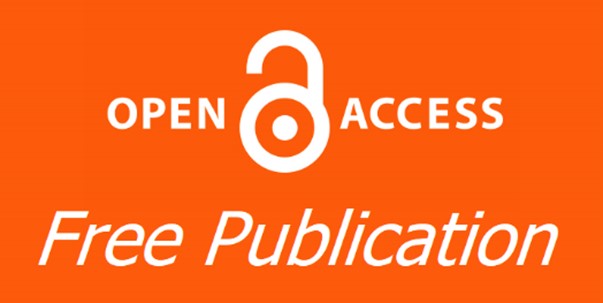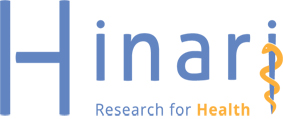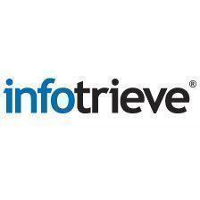Article Type
Original Study
Subject Area
Rhinology, Endoscopic sinus surgery
Abstract
Aim We aimed to measure the levels of soluble programmed death-ligand 1 (sPD-L1) and soluble inducible costimulator ligand (sICOS-L) in patients with nasal polyps and to compare their levels between a group with allergic rhinitis (AR) with nasal polyps and another with allergic fungal rhinosinusitis (AFRS). The study also aimed to assess the relationship between their levels and disease severity. Patients and methods The study included 35 patients admitted for endoscopic sinus surgery for nasal polyps, who were divided into 17 with AR and 18 with AFRS and 20 controls. Radiologic computed tomography (CT) score of Lund-Mackay was used to assess the severity of chronic rhinosinusitis. Complete blood cell count was done for all patients. Serum PD-L1 and ICOS-L levels were quantified using enzyme-linked immunosorbent assay. Results A significant decrease was observed in sPD-L1 levels in both groups of patients compared with controls. Only patients with AFRS had a significantly lower level of sICOS-L than controls and was lower than in AR patients. Only patients with AFRS showed positive correlations between sPD-L1 and the total CT score, and also between sICOS-L and both total CT score and eosinophil percentage. A positive correlation was detected between ICOS-L and PD-L1 levels. Conclusions The present results suggest a potential protective role of sPD-L1 in AR and AFRS, and only of sICOS-L in AFRS. Thus, their manipulation represents a promising therapeutic approach to AR and AFRS. They also have the potential for future use as biomarkers for the assessment of AFRS severity. However, further studies are warranted to clarify their complex role in these types of allergies.
Keywords
allergic fungal rhinosinusitis, allergic rhinitis, nasal polyps, soluble inducible costimulator ligand, soluble programmed death-ligand 1
Recommended Citation
Osmana M, El-Badaway O, Zahran A,
et al.
Aberrant expression of soluble programmed death-ligand 1 and inducible costimulator ligand in patients with nasal polyps.
Pan Arab J. Rhinol.
2022;
12 : 58-63.
Available at:
https://pajr.researchcommons.org/journal/vol12/iss2/5
DOI: https://doi.org/10.58595/2090-7559.1208
Creative Commons License

This work is licensed under a Creative Commons Attribution-NonCommercial-No Derivative Works 4.0 International License.
Included in
Oral and Maxillofacial Surgery Commons, Otolaryngology Commons, Otorhinolaryngologic Diseases Commons
















